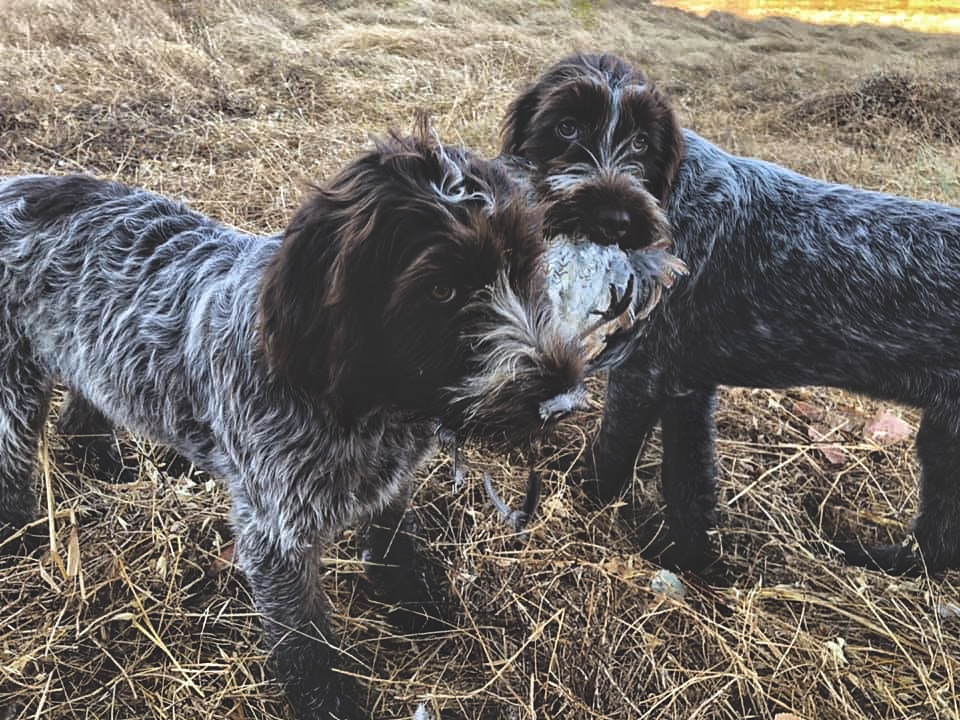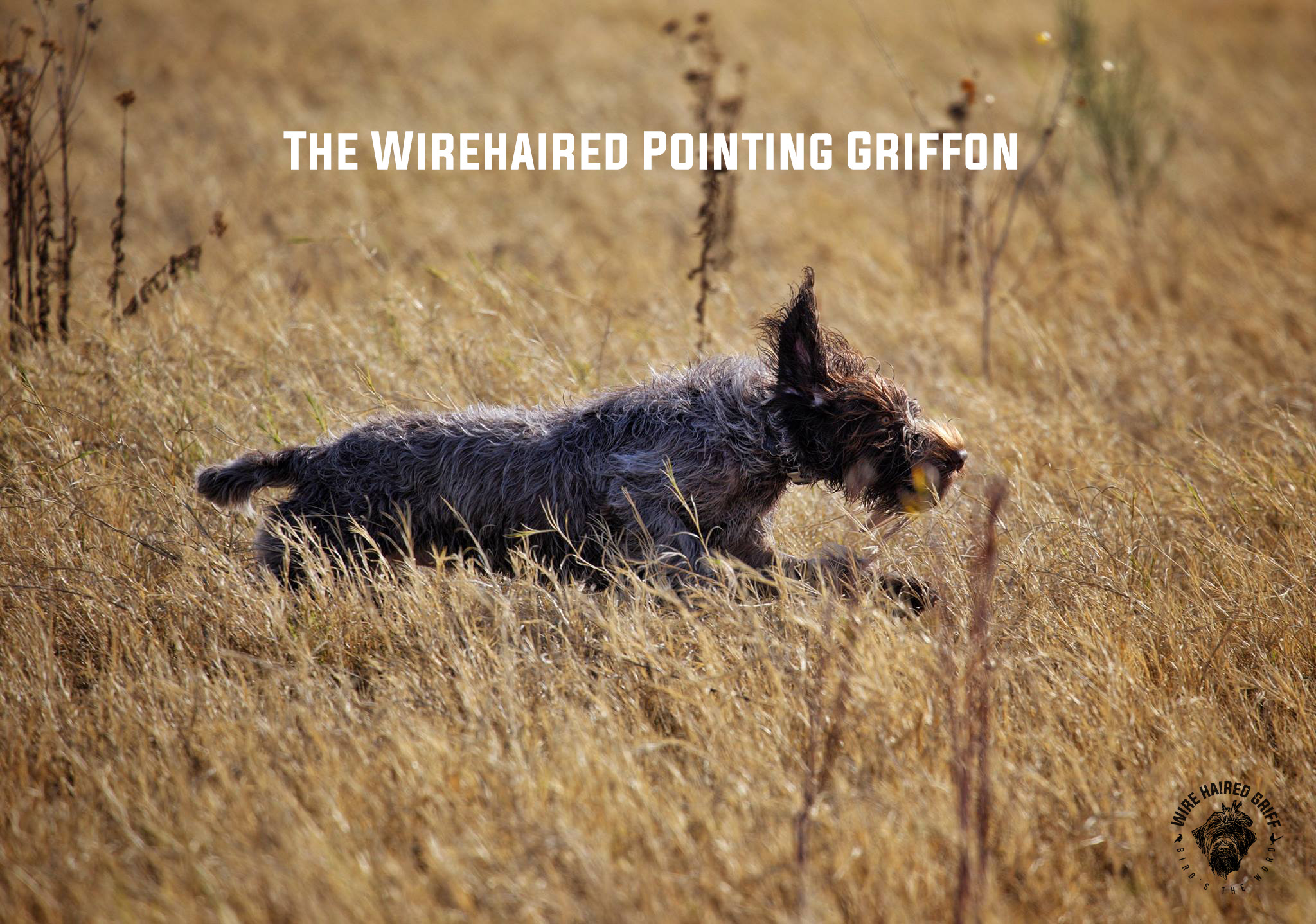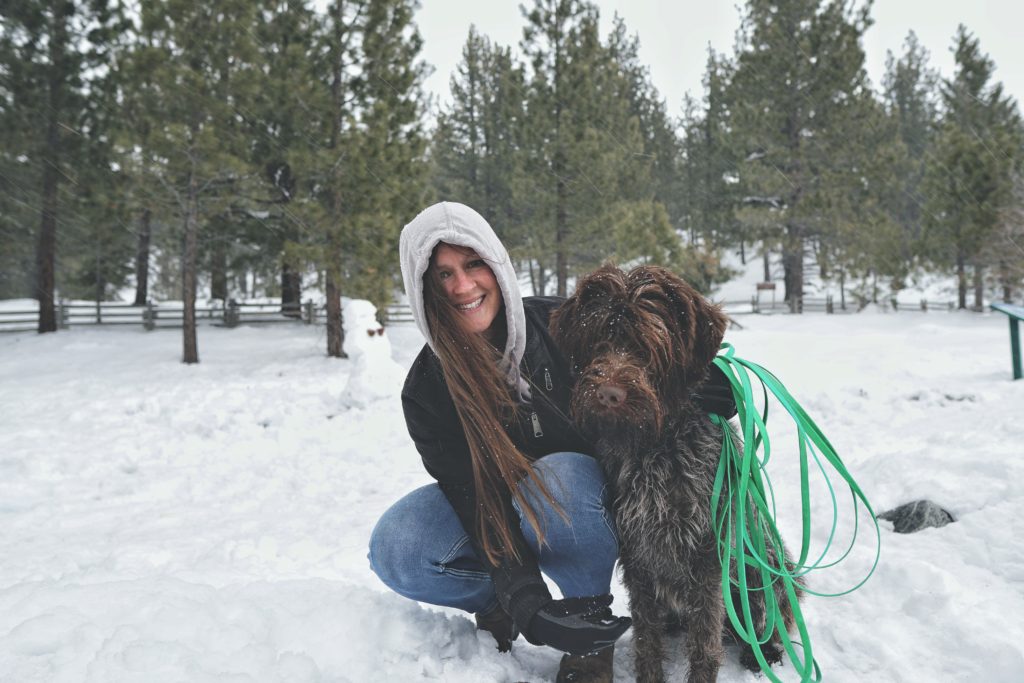
Training animals doesn’t always come easily to everyone. Some of us are better with dogs, while others prefer working with horses. Regardless, you need to not only know each animal as a species, but as an individual. For each individual animal you should have multiple tools in your toolbox to help them learn wanted tasks or behaviors. This blog is not a training article, it is simply showing another tool out there to use to help you and your dog.
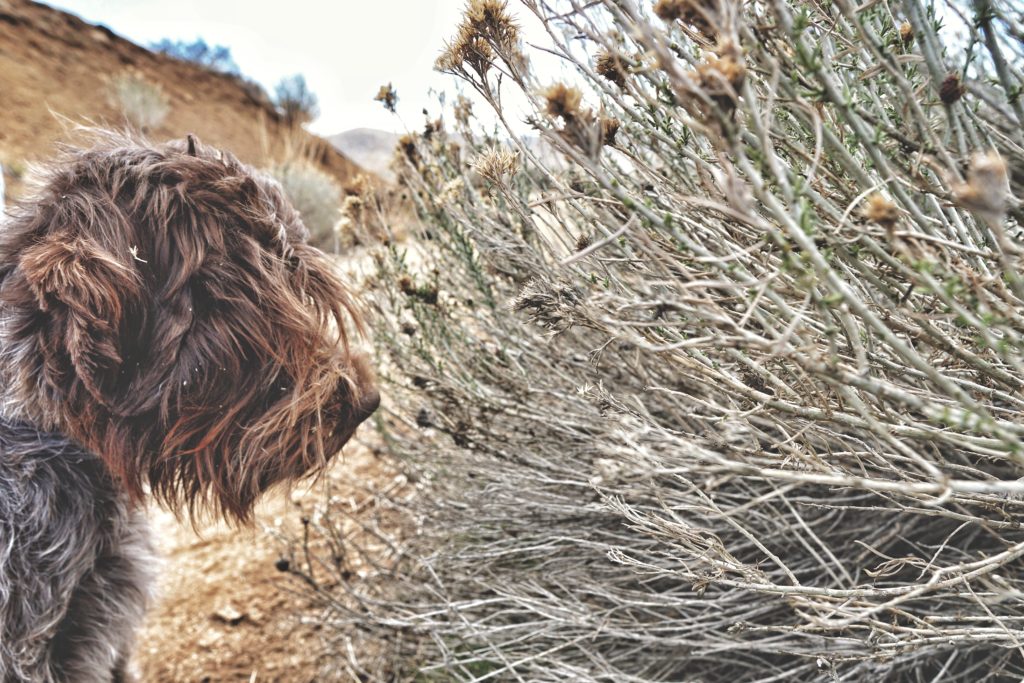
Today we will talk about the long line, also known as a check cord. We are also going to simplify this blog post and focus on a non complicated dog with no training or behavioral issues. We will keep it to puppies and dogs with a clean slate, as dogs with issues really need to be assessed by a professional and on an individual basis.
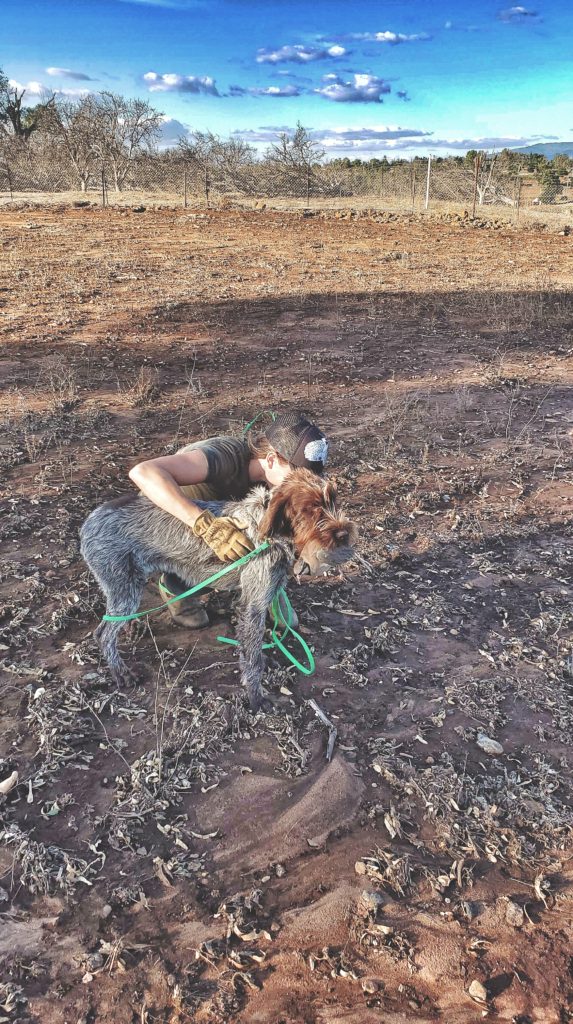
We are also going to assume your pup has already learned to walk on a leash, and while it may not be perfect, has some respect for the collar and lead.
I like to use a biothane long line. It doesn’t knot up, doesn’t absorb water or mud, doesn’t get filled with burrs or star thistle, and is easy to clean if need be. Mine has a clip on one end while the other end is not looped. When using a short leash I have looped ends, but because a long line can be let out and coiled back up multiple times in a session, I don’t feel that I would use the hand hold. One tip before you get started: it’s okay to feel awkward with the long line because the reality is, you probably ARE awkward! It takes time to feel comfortable handling ropes, learning to coil and let out your line, and how to avoid getting rope burn (don’t be afraid to wear gloves if your dog is a wild beast!). Be patient with yourself and learn to laugh. Just make sure you don’t get the line wrapped around your hand or feet and you’ll find yourself quickly feeling more confident.
For myself, a long line is a form of communication between my dog and I at a distance. It helps solidify training, be it recall or training a gun dog, provides a safety net in certain situations, and helps build towards your dog being off leash. There are many different methods to training with a long line, so I advise that you do some research and see what works best for you and your dog.

If you’ve used a long line in training, or if you have questions about using one, we would love to hear from you below! Have fun out there and keep learning.


